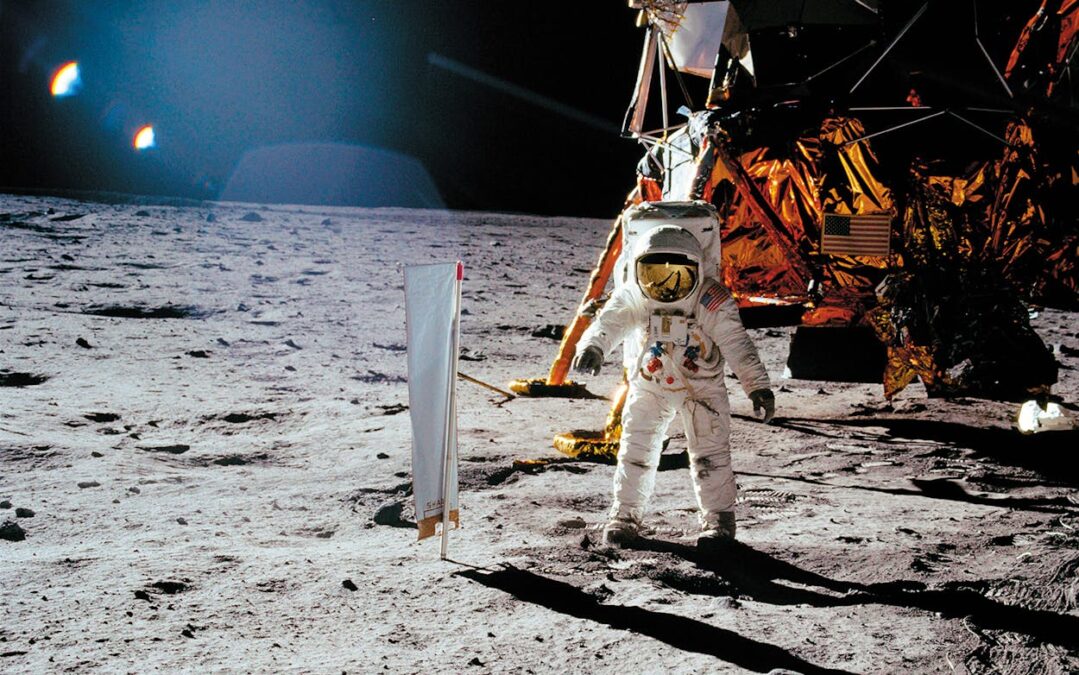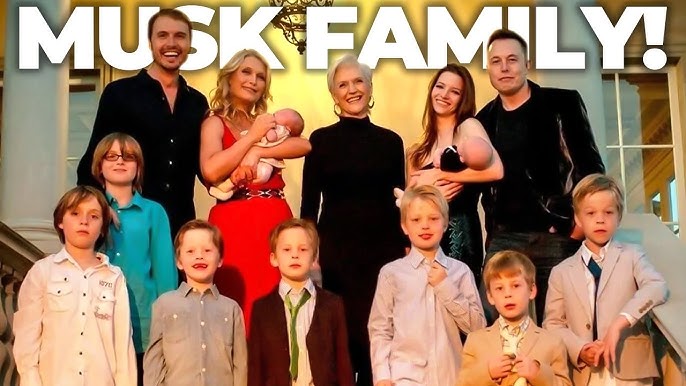Introduction
Jim Lovell is a name synonymous with courage, resilience, and the golden age of space exploration. As one of NASA’s most celebrated astronauts, Lovell played a pivotal role in shaping humanity’s journey beyond Earth. His contributions, particularly during the near-disastrous Apollo 13 mission, have cemented his place in history as a true space pioneer.
Beyond his technical expertise, Lovell’s leadership under pressure and unwavering dedication to space exploration make him an enduring inspiration. From his early days as a naval aviator to his historic lunar missions, his story is one of perseverance and ingenuity. This article delves into Lovell’s life, his groundbreaking missions, and the lessons we can learn from his extraordinary career.
Jim Lovell Early Life and Military Career
Jim Lovell” Arthur Jr. was born on March 25, 1928, in Cleveland, Ohio. From a young age, he exhibited a fascination with flight and adventure. His passion for aviation led him to enroll in the University of Wisconsin–Madison, where he studied engineering before transferring to the United States Naval Academy.
Lovell’s military career was marked by excellence. After graduating in 1952, he became a naval aviator and test pilot, honing his skills in high-pressure environments. His experience with cutting-edge aircraft prepared him for the challenges of spaceflight. By the time NASA began recruiting astronauts, Lovell was among the top candidates, thanks to his technical prowess and calm demeanor under stress.
NASA Career and Gemini Missions
Lovell joined NASA in 1962 as part of the second group of astronauts, known as the “New Nine.” His first spaceflight came in 1965 as the pilot of Gemini 7, a mission that set a then-record for the longest manned spaceflight (14 days). This mission also included a historic rendezvous with Gemini 6A, proving that spacecraft could meet in orbit—a crucial step toward future Moon missions.
In 1966, Lovell commanded Gemini 12, the final mission of the Gemini program. This flight further demonstrated critical spacewalk techniques and docking procedures. Lovell’s ability to troubleshoot problems in space earned him a reputation as a reliable and resourceful astronaut, paving the way for his selection in the Apollo program.
Apollo 8: The First Journey to the Moon
One of Lovell’s most significant achievements was serving as command module pilot for Apollo 8 in 1968. This mission was the first to take humans beyond Earth’s orbit and around the Moon. Alongside Frank Borman and William Anders, Lovell witnessed and photographed the iconic “Earthrise” image, a profound moment that reshaped humanity’s view of our planet.
Apollo 8 was a daring mission, launched amid the Space Race with the Soviet Union. Its success proved that lunar travel was possible and set the stage for the eventual Moon landing. Lovell’s role in this mission showcased his leadership and technical expertise, further solidifying his legacy in space history.
Apollo 13: A Crisis in Space
Lovell’s most famous mission was Apollo 13 in 1970, intended to be NASA’s third Moon landing. However, an oxygen tank explosion forced the crew—Lovell, Jack Swigert, and Fred Haise—to abort the landing and focus on survival. The famous phrase, “Houston, we’ve had a problem,” became a symbol of crisis management and teamwork.
Despite extreme challenges, including limited power, freezing temperatures, and rising carbon dioxide levels, Lovell’s leadership was instrumental in bringing the crew home safely. The mission, though technically a failure, became a testament to human ingenuity and NASA’s problem-solving capabilities.

Post-NASA Career and Legacy
After retiring from NASA in 1973, Lovell remained active in aerospace and public speaking. He authored books, including Lost Moon (later adapted into the film Apollo 13), and continued advocating for space exploration. His insights into leadership and crisis management remain valuable lessons for future generations.
Lovell’s legacy extends beyond his missions. He inspired countless engineers, astronauts, and space enthusiasts. His story reminds us that even in failure, there is triumph—an enduring lesson from one of history’s greatest explorers.
FAQs
1. What is Jim Lovell most famous for?
He is best known as the commander of Apollo 13, the mission that safely returned to Earth after an oxygen tank explosion.
2. How did Jim Lovell contribute to Apollo 8?
He was part of the crew that became the first humans to orbit the Moon, capturing the famous “Earthrise” image.
Conclusion
Jim Lovell’s contributions to space exploration are immeasurable. From his early days as a naval aviator to his heroic leadership on Apollo 13, his story is one of perseverance, intelligence, and courage. As humanity looks toward Mars and beyond, Lovell’s legacy serves as a guiding light—a reminder that even the most daunting challenges can be overcome with teamwork and determination.




